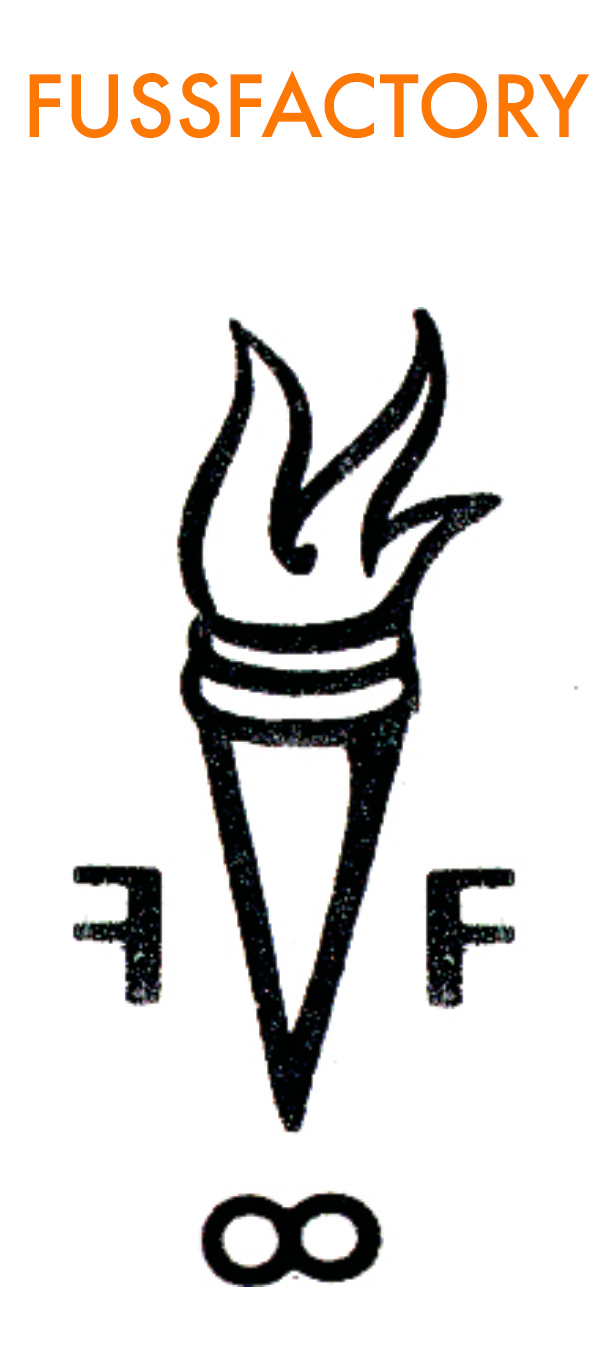#sparkchamber 081020 — James Russell
Arranging and re-arranging toy soldiers as a child set the marvelous lifetime trajectory of today’s #sparkchamber visitor, art historian, curator, and author James Russell. Based in Bristol, England, with a leaning towards 20th/21st century British art and culture, James arranges exhibitions of 20th century and Contemporary art for institutions around Britain. Two exhibitions — Seaside Modern: Art & Life on the Beach at Hastings Contemporary, spring/summer of 2021, followed by Eric Ravilious; Downland Man at Wiltshire Museum Sept 2021 — were supposed to be on this year, but moved for obvious reasons. Something to look forward to!
More of his story, in his own words:
“
Typically an exhibition will feature 100-plus works of considerable variety, arranged in an aesthetically satisfying way that also allows visitors to explore topical themes: identity, belonging, personal relationships... I firmly believe that art is for everyone, so I avoid art jargon and try to offer visitors an entertaining but thought-provoking experience.
My journey to this point has been long and quite tortuous. I studied [a long time ago] at Cambridge University but was probably inspired most by the time I spent selling art at galleries in Santa Fe, New Mexico. I talked about pictures all day long to people who often knew very little about art. And also got to know lots of artists.
I love arranging works in a room, then having people come in and look around and smile. I write books and lecture about art too. A lecture on Santa Fe goes down particularly well on a rainy English evening, but I mostly try to introduce people to artists they don’t know.
20th century British artist Eric Ravilious is the artist I’ve devoted most time to, but I also love Georgia O’Keeffe, Edward Hopper, Paul Nash, Edward Bawden and many others.
“
In addition to Mr. Ravilious, he has in fact written books on Paul Nash, Peggy Angus, and Edward Seago to name but a few. Always endeavoring to write in plain English, he explores the artist’s life as much as their work, travelling far and wide both to research the books and to give talks on the subject. You can find descriptions of his travels, photos and other fascinating stuff on his blog, as well as Instagram.
1.] Where do ideas come from?
For me they come out of a process that involves frenzied activity — information-gathering, note-taking — then stillness. The idea usually emerges unexpectedly, when I wake up from a nap or am driving along.
2.] What is the itch you are scratching?
When I was a kid, I used to spend whole days arranging toy soldiers. Whatever made me do that is what still motivates me.
3.] Early bird or night owl, tortoise or hare?
Projects often come out of a casual conversation or a chance meeting, although there are people I’ve worked with for years. I never know whether something will work out or not until I’ve put some work in, so it’s not unusual to find a couple of months have been wasted. In terms of time, I tend to find I can do more the busier I am. When things are slow [like now] I struggle. Once someone’s agreed to fund the work and given me a deadline I just get on with it.
4.] How do you know when you are done?
Usually on deadline day.


